Tesla Model S
Charging the Tesla Model S with the HPWC

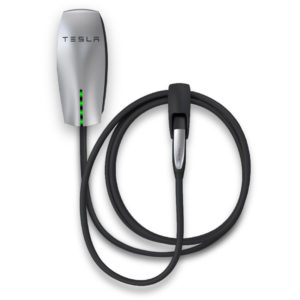 When I was buying my Model S I decided that I didn’t need the High Power Wall Charger (HPWC), but I did go with the dual chargers. At home I regularly charge on a NEMA 14-50 which gives me about 28 miles per 1 hour of charge, but with the onboard dual chargers it’s possible to double that rate provided you’re using the proper charger.
When I was buying my Model S I decided that I didn’t need the High Power Wall Charger (HPWC), but I did go with the dual chargers. At home I regularly charge on a NEMA 14-50 which gives me about 28 miles per 1 hour of charge, but with the onboard dual chargers it’s possible to double that rate provided you’re using the proper charger.
My office is across the street from the Tesla store in Natick, MA and they have free charging available in 6 parking spots with a couple of HPWCs a short walk away. The other day I skipped my nightly charge and parked in one of the HPWC spots at the mall for a charge the next morning.
Tesla HPWC
The HPWC does not require any special adapters or additional cables and simply plugs into the Model S. It charges at up to 80A when equipped with the Model S dual chargers, but even without it things still work – just at half the charge rate. That’s what I love about the Tesla. Even if you know nothing about voltages, amperages and watts, things just work. Just plug, play and Tesla manages the rest.
Charging
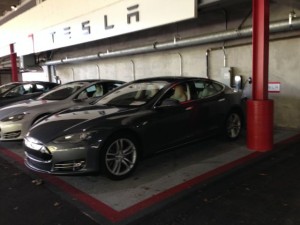 Unlike the Tesla Supercharger which uses a direct current (DC) that bypasses the onboard chargers, the HPWC uses a more traditional alternating current (AC) approach, but with a very high amp draw.
Unlike the Tesla Supercharger which uses a direct current (DC) that bypasses the onboard chargers, the HPWC uses a more traditional alternating current (AC) approach, but with a very high amp draw.
There are very few public chargers out there that can charge at over 40A, and the ones that do probably don’t have a Tesla Model S adapter such as the CHAdeMO.
Editor’s note: Tesla Motors loaned PlugShare a custom CHAdeMO to Model S adapter for their epic 12,000+ mile journey.
The Model S has the ability to charge at different amperages depending on your setting. The rate is limited by both your car’s ability (40A or 80A for single or dual chargers respectively) and the maximum draw allowed by your power source. Make sure your charge rate is set to the highest limit before plugging into a HPWC in order to maximize your rate of charge. The charge rate settings should be auto-memorized by the vehicle based on your GPS location.
Charge Rate
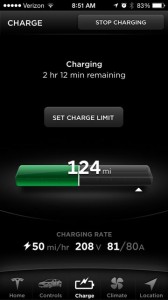 After I confirmed that the car was charging, I walked to my office while monitoring my state of charge through the iOS app. It reported the charge rate to be about 50 miles/hour (208v at 81A) which confirmed that my dual chargers were working since I was charging twice as fast as my home NEMA 14-50.
After I confirmed that the car was charging, I walked to my office while monitoring my state of charge through the iOS app. It reported the charge rate to be about 50 miles/hour (208v at 81A) which confirmed that my dual chargers were working since I was charging twice as fast as my home NEMA 14-50.
To validate the rate of charge I timed the charge and recorded the reported rated range. I started charging at 8:30am and stopped at 11:07 AM (a 90% charge limit was set). I went from 106 miles of rated range to 240 miles of rated range. So I added 134 miles in 2.6 hours for an actual charge rate of 51.2 miles/hour.
I’ve heard about charge rates tapering off as your near the upper limits of your charge, but in my case it charged at the same rate all the way to a 90% limit. I’m assuming that the charge rate begins to slow down after the 90% mark, but unfortunately I didn’t have a chance to confirm that this time around.
Summary
My main goal was to be able to test my onboard dual chargers – something I debated long and hard on when ordering my Model S. I wanted to see them in action and gain peace of mind that they’re there and ready for fast charging if I should one day need it while on the road without access to a Tesla Supercharger.
The HPWC worked great and provided a high rate of charge that was twice the speed of my home NEMA 14-50. But even with that I still don’t think a HPWC at home is really needed.
Also see: Every New Tesla Owner’s Dilemma: Dual Chargers vs High Power Wall Connector (HPWC)

Elon Musk
President Donald Trump buys a Tesla at the White House – Here’s which model he chose
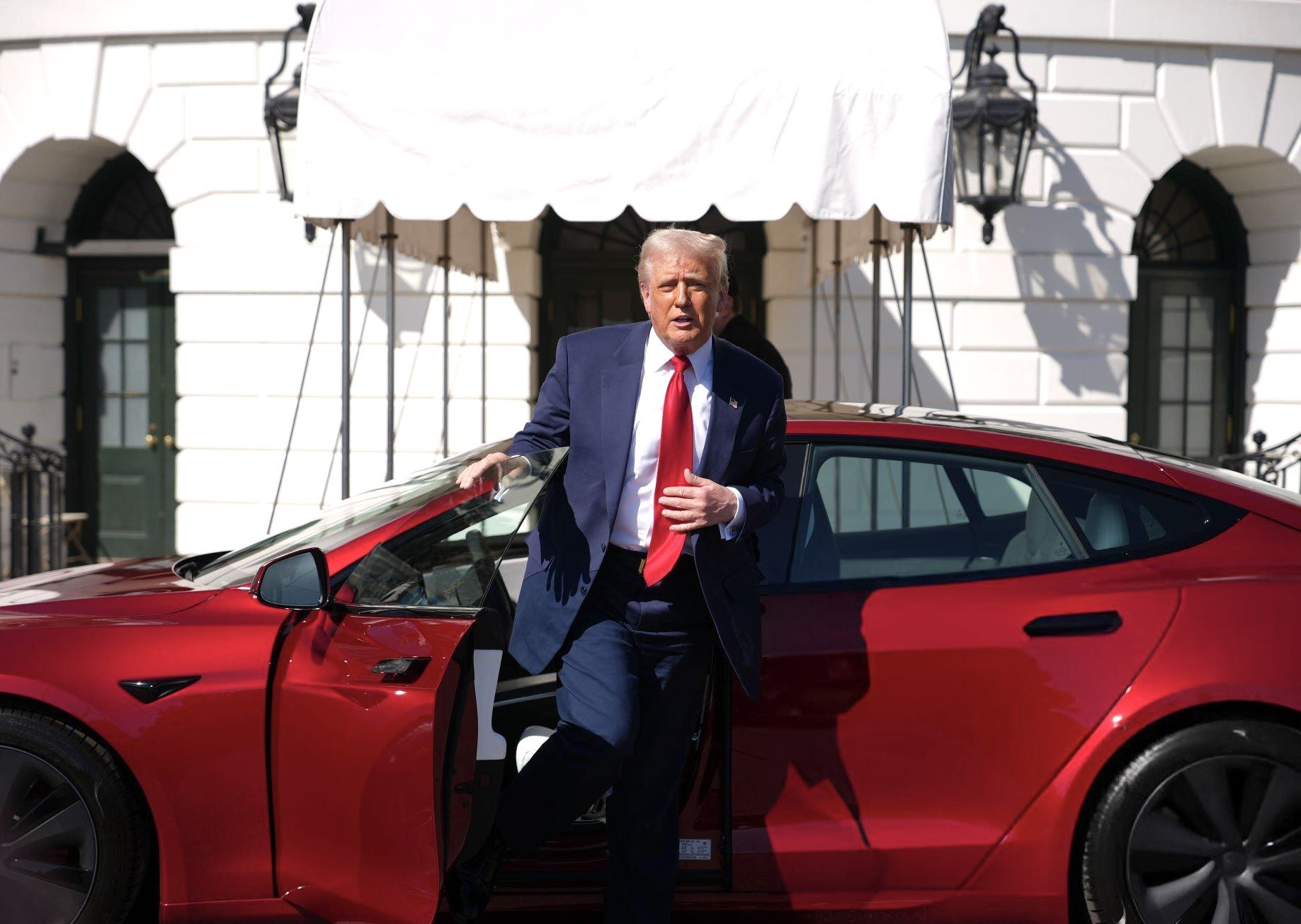
U.S. President Donald Trump was greeted by a convoy of Tesla electric vehicles today at the White House after he said last evening he would be buying one of the company’s cars in support of Elon Musk.
A variety of Tesla EVs, including the Model S, Cybertruck, and Model Y, all arrived in Washington on Tuesday around lunch time where the President sat in, examined, and mulled over which car he would choose. White House Press Secretary Karoline Leavitt told reporters today that President Trump would be paying “full market price” for the vehicle.
CEO Elon Musk was alongside Trump to help make his decision:
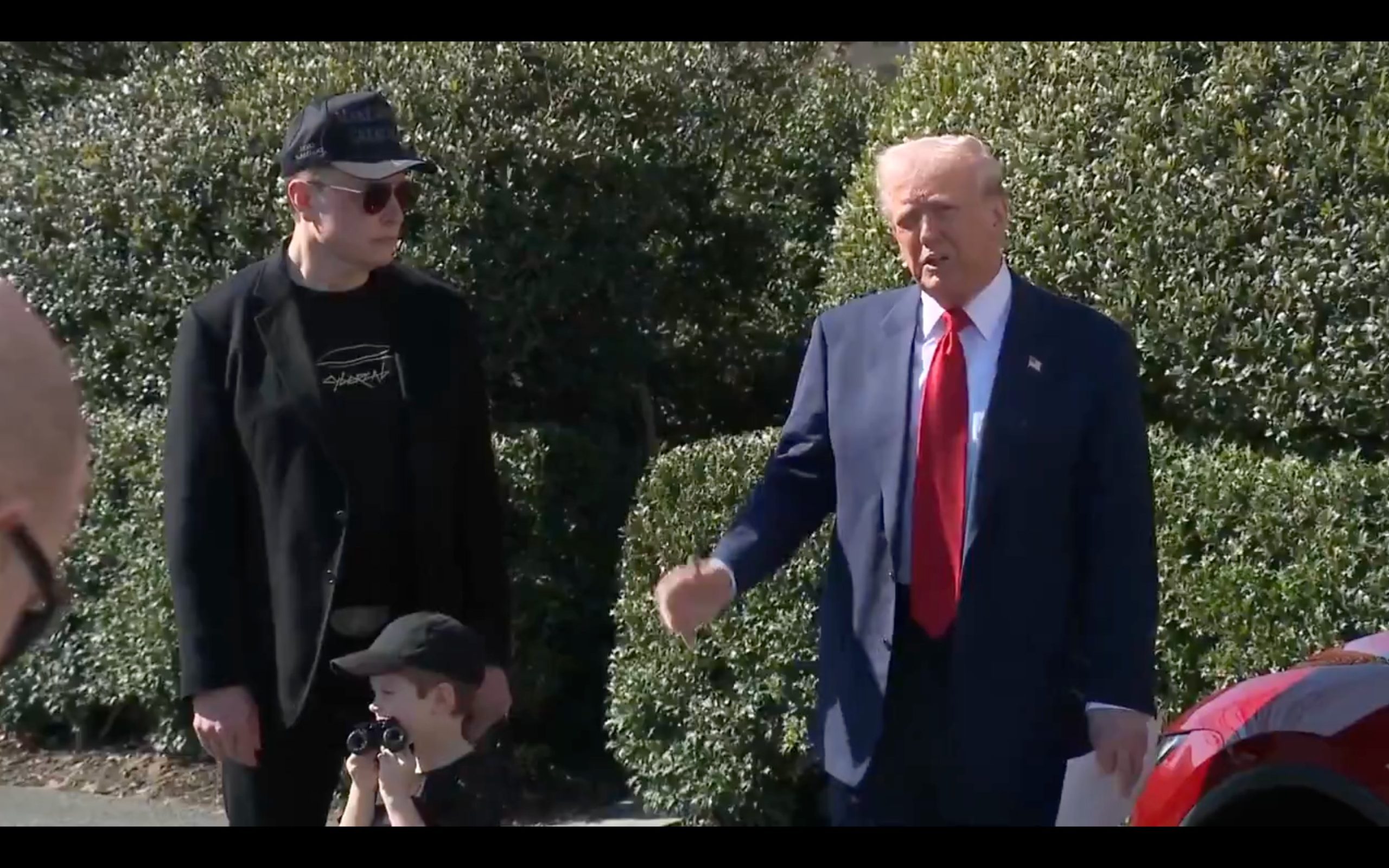
Which Tesla did President Trump Choose?
After mulling the decision for several minutes, President Trump seemed to have gravitated toward the Tesla Model S Plaid in Deep Red, the company’s quickest and most luxurious offering, suitable for the leader of the U.S.
Trump said:
“The one I like is that one (Model S). And I want that same color. I’m going to give [Tesla] a check. I don’t want a discount.”
According to images shared from Washington, it seems Musk brought two Model S vehicles — one in Deep Red and another in Deep Blue Metallic — knowing that the President would probably choose that vehicle, but was unsure about the color.
Tesla makes a decision on the future of its flagship Model S and Model X
President Trump’s Comments on Tesla and Elon Musk
President Trump has truly gained a meaningful working relationship with Musk, who he has called “a genius” and “brilliant” on several occasions. Regarding Tesla, the President said:
“Tesla’s a great company; They’re American cars, it’s American made. He employs thousands of people. He has the most modern plants in the world.”
In regards to the Tesla lineup, President Trump said:
“I know people that have these cars; It blows them away. They love them.”
When talking about the polarizing design of the Cybertruck, he said:
“In terms of imagination, and I think I have a pretty great imagination, who else but this guy would design this and everybody on the road is looking at it. As soon as I saw it, I said, ‘That’s the coolest design.’ You gotta give him (Elon) credit.”
News
Tesla makes a decision on the future of its flagship Model S and Model X
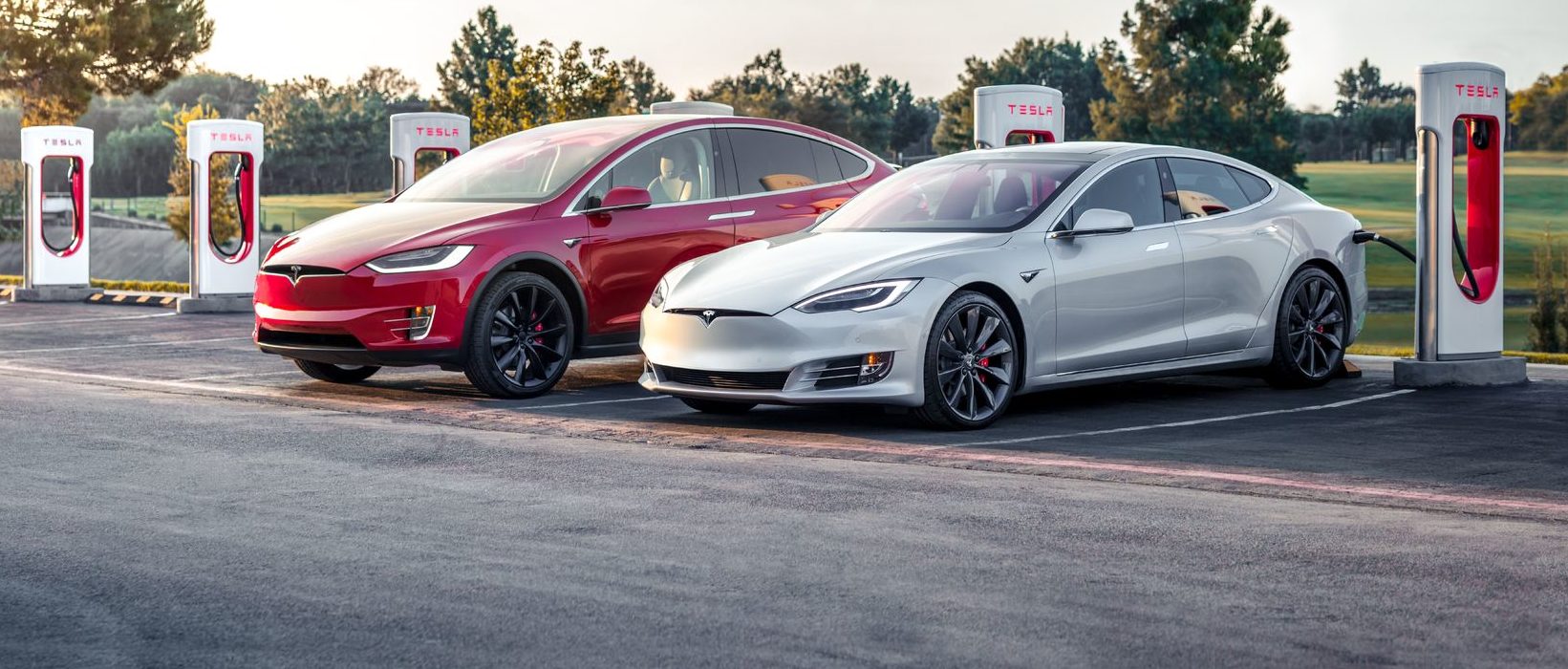
Tesla has made a decision regarding the future of its flagship vehicles, the Model S and Model X, which both have been sticking around for “sentimental reasons” and have no true alignment with the company’s future goals of growth.
The Model S and Model X were Tesla’s first two vehicles to be offered to the public.
They were essentially fundraisers for future, mass-market, affordable models, according to Elon Musk’s “Tesla Master Plan,” but their ability to still attract some buyers thanks to the performance of the Model S or the space of the Model X keeps them lingering.
But speculation regarding the vehicles’ true place in the expanding Tesla lineup has been persistent. With the vehicles, which have been grouped in with the Cybertruck in its quarterly delivery releases, only amounting to 23,000 deliveries in Q4, there are questions as to whether it is still worth keeping them around.
Tesla’s VP of Vehicle Engineering, Lars Moravy, said on the Ride the Lightning podcast yesterday that there are currently no plans to eliminate the Model S and Model X from the lineup.
When asked about whether there were plans for the Model S and Model X moving forward, Moravy replied:
“Just give it a minute. We’ll get there. The upgrade a couple of years ago was bigger than most people thought in terms of architecture and structure of the car got a lot better, too. But, we’ll give it some love later this year and make sure it gets a little bit…you know, with the stuff we’ve been putting in 3 and Y. Obviously, with 3 and Y, the higher volume stuff, you’ve gotta focus there.”
He confirmed that the two vehicles were not going anywhere “anytime soon.”
? When @DMC_Ryan asked Lars Moravy if Model S and Model X have some updates coming, the Tesla VP of Vehicle Engineering said:
“Just give it a minute. We’ll get there.”
Sounds like another refresh is coming, and the flagships aren’t going anywhere. pic.twitter.com/Y6MPp47MJC
— TESLARATI (@Teslarati) February 23, 2025
Moravy said the Model S and Model X are great consider when you consider autonomy and the robotaxi use: the Model S due to its overall quality and the Model X because of its interior space.
Need accessories for your Tesla? Check out the Teslarati Marketplace:
- https://shop.teslarati.com/collections/tesla-cybertruck-accessories
- https://shop.teslarati.com/collections/tesla-model-y-accessories
- https://shop.teslarati.com/collections/tesla-model-3-accessories
Please email me with questions and comments at joey@teslarati.com. I’d love to chat! You can also reach me on Twitter @KlenderJoey, or if you have news tips, you can email us at tips@teslarati.com.
News
Tesla is offering a crazy Supercharging incentive on its two ‘sentimental’ vehicles
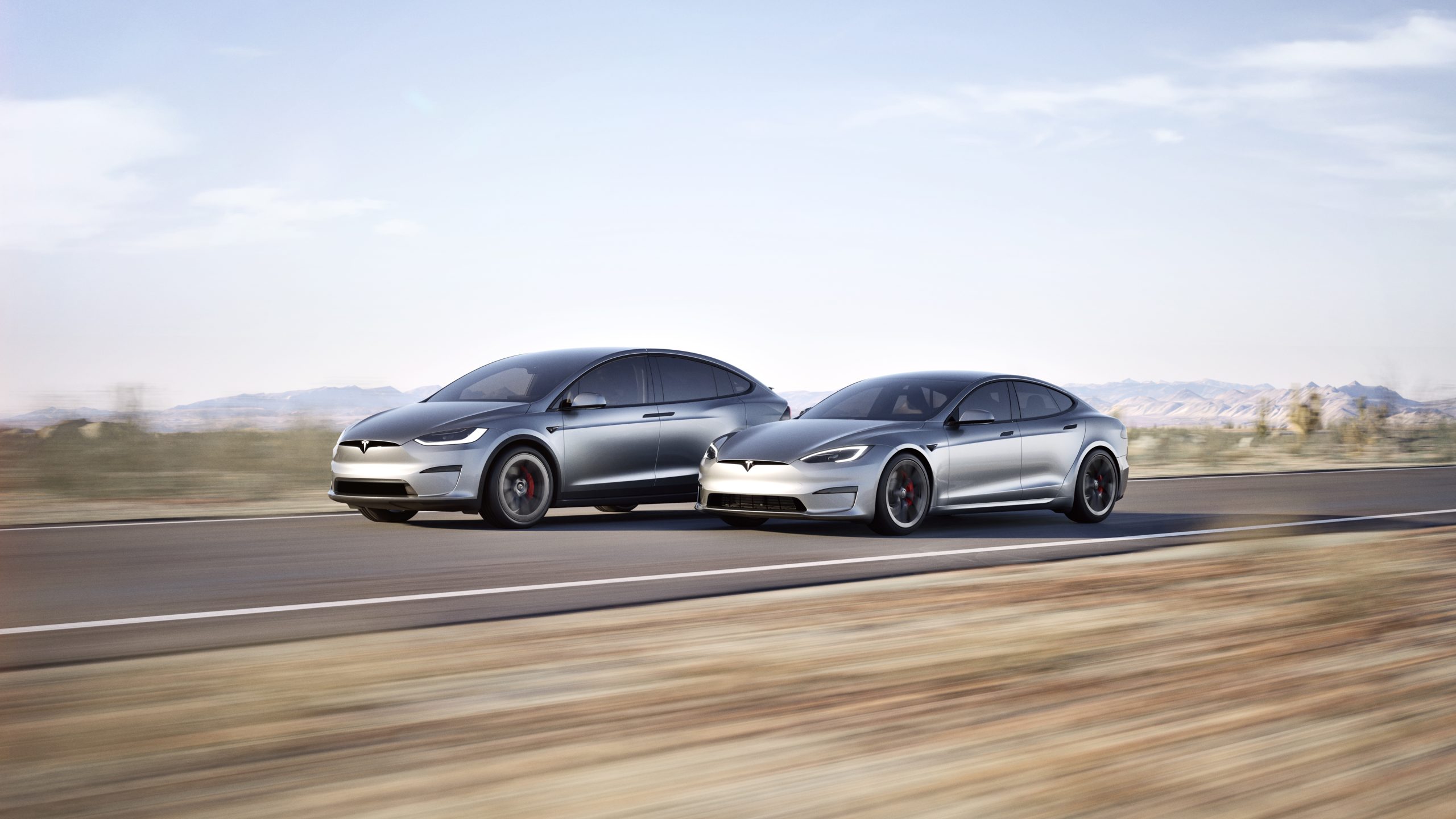
Tesla is offering a crazy Supercharging incentive for those who choose to buy two vehicles that CEO Elon Musk said the company is keeping around for “sentimental reasons” a few years ago.
Tesla Supercharging incentives are pretty hard to come by, and it is hard to tell when the company is going to offer them. Usually, they are used to move vehicles and nudge consumers toward purchasing one model over another.
However, Tesla sometimes offers Supercharging incentives at random times for no real reason other than luck of the draw.
However, Tesla is using the Supercharging incentive to help move two of the cars that are low-volume sellers, but are kept around for what Musk called “sentimental reasons” in 2019.
Tesla is offering free Supercharging for those who choose to purchase or lease a new Model S or Model X.
The offer is good for the life of your ownership or lease. Tesla talks more about the terms on its website:
“Customers who purchase or lease a new Model X (or Model S) are eligible for free Supercharging during your ownership of the vehicle. Offer is tied to your Tesla Account and cannot be transferred to another vehicle, person or order, even in the case of ownership transfer. Used vehicles, business orders and vehicles used for commercial purposes (like taxi, rideshare and delivery services) are excluded from this promotion. You are still responsible for Supercharger fees, like idle and congestion fees, when applicable.”
This is a great promotion to attempt and move some of Tesla’s vehicles, especially two that the company only keeps around because they are two of the company’s foundational, flagship cars.
Musk said in 2019:
“I mean, they’re very expensive, made in low volume. To be totally frank, we’re continuing to make them more for sentimental reasons than anything else. They’re really of minor importance to the future.”
Tesla has not released a major update to the Model S or Model X in a few years. In 2022, it launched the Plaid configuration, but it has not received any true modifications since then, leading some to believe they could be sunsetted in the future.
For now, it seems they will be sticking around, but Tesla is still adjusting the prices and incentives of the two vehicles. Earlier this week, Tesla pushed the Model X’s price in the U.S. up by $5,000.
Need accessories for your Tesla? Check out the Teslarati Marketplace:
- https://shop.teslarati.com/collections/tesla-cybertruck-accessories
- https://shop.teslarati.com/collections/tesla-model-y-accessories
- https://shop.teslarati.com/collections/tesla-model-3-accessories
Please email me with questions and comments at joey@teslarati.com. I’d love to chat! You can also reach me on Twitter @KlenderJoey, or if you have news tips, you can email us at tips@teslarati.com.
-

 News1 week ago
News1 week agoTesla aiming to produce first “legion” of Optimus robots this 2025
-
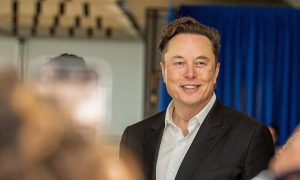
 Elon Musk6 days ago
Elon Musk6 days agoTesla CEO Elon Musk’s simple message to vandals
-
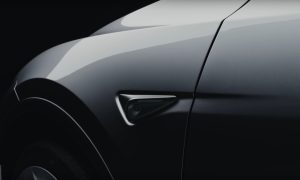
 Elon Musk2 weeks ago
Elon Musk2 weeks agoElon Musk confirms two measures Tesla is taking to fight vandalism
-
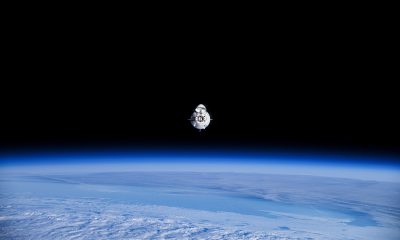
 News2 weeks ago
News2 weeks agoSpaceX rescue mission for stranded ISS astronauts nears end — Here’s when they’ll return home
-
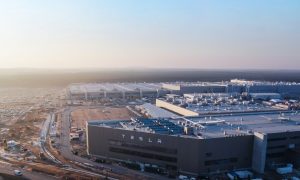
 News1 week ago
News1 week agoTesla’s Giga Berlin director responds to anti-Musk criticism
-
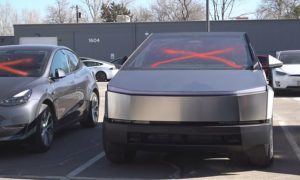
 Elon Musk2 weeks ago
Elon Musk2 weeks agoTesla owners doxxed by controversial anti-DOGE website in clear intimidation tactic
-

 Elon Musk1 week ago
Elon Musk1 week agoElon Musk to file lawsuit against former US Rep Jamaal Bowman: “I’ve had enough”
-
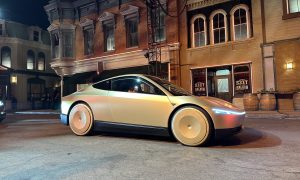
 News2 weeks ago
News2 weeks agoTesla reveals Cybercab battery pack and range efficiency








